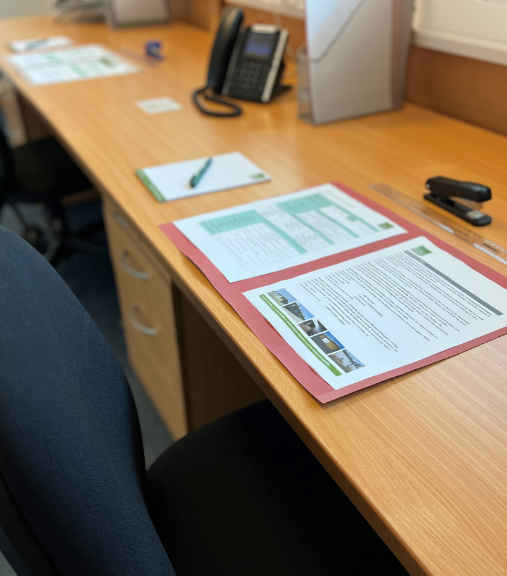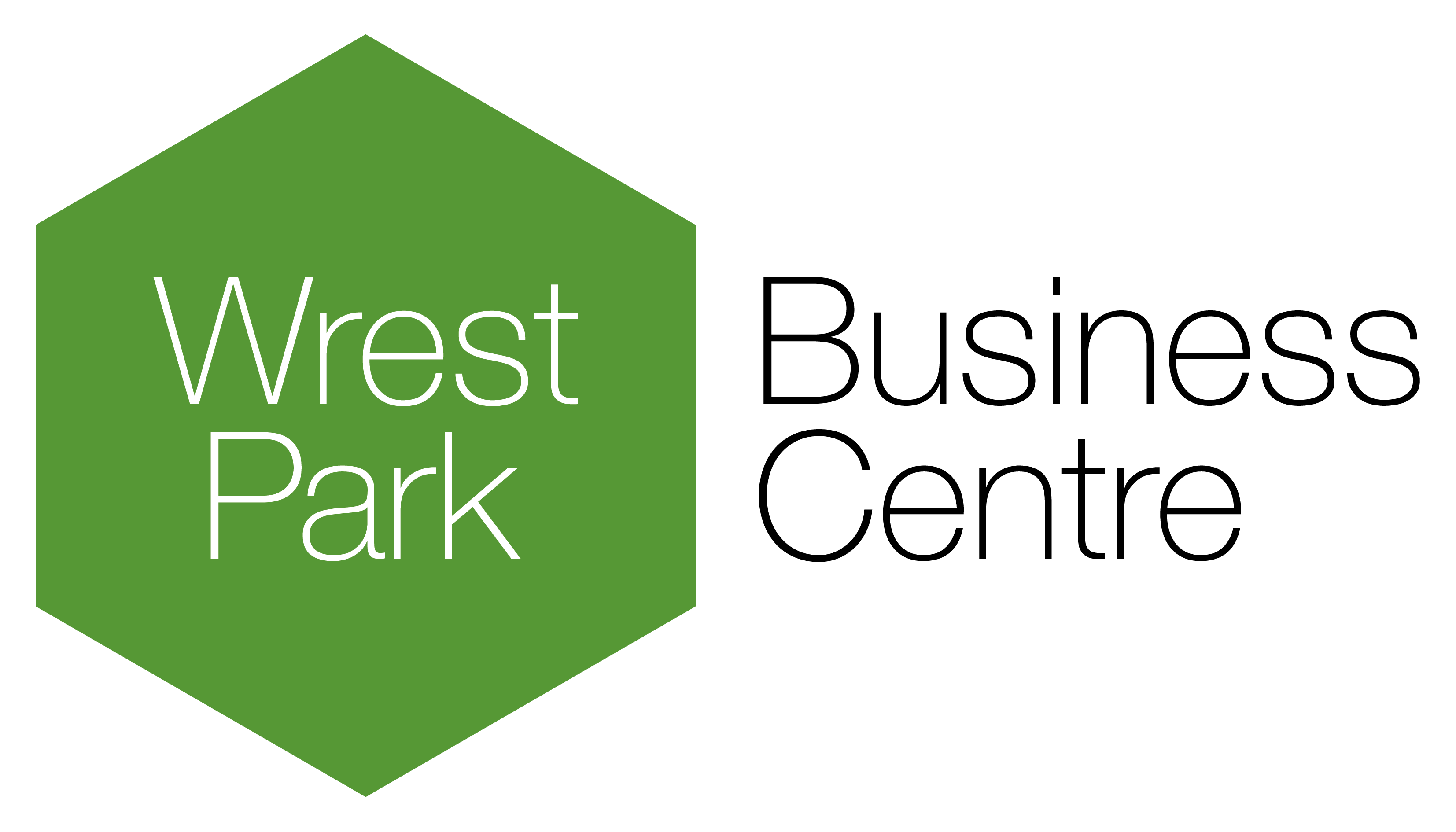Office Move Checklist

Office Move Checklist
Office moves are a major milestone for any business, and with the right planning, potential disruptions can be minimised and the transition made smooth and efficient.
Creating an organised checklist serves as a guide for the office manager and others involved in the office relocation. It facilitates a smoother transition between office locations and significantly minimises potential disruptions to business operations.
Below is a good office move checklist to follow.
1. Early Planning Stages (6–12 Months Ahead)
An office relocation checklist is meticulously crafted to make the moving day less stressful and considerably more manageable. We recommend commencing the process at least six months before relocating, and preferably up to a year in advance. The larger the business, the longer the necessary planning.
Determine Reasons and Goals for the Move
What does your future business require from a workspace? Is an office relocation anticipated because the company is experiencing rapid growth, with headcount increasing and new customers onboarding daily?
When considering space requirements, do not get stuck on the current personnel; otherwise, you will underestimate your actual requirements for 6–12 months from now. The last thing you need is to go through all the work of a business relocation only to realise that the anticipated 20% rise in employees was insufficient.
There are solutions to this problem, of course, including renting a serviced office for overflow staff. However, when planning an office move, allow for post-move business growth.
Choosing the Right New Office Location
Location is crucial for business. A new space should be near major transport links, with local amenities nearby, as well as ample parking on site for staff and visitors. Wrest Park Business Centre is conveniently located off the A6, for access to the A1, M1 opening up the whole region. Parking is well-signed and free of charge, with EV charging points available as well.
Staff wellbeing and access to alternative spaces are high on the list at Wrest Park business centre – we have lots of well appointed break out and eating areas, patio and picnic seating, plus the parkland setting provides a sense of space, fresh air and countryside as we are surrounded by woodland, arable and dairy farming with bridleways for that restorative lunchtime walk!
There is also an on-site café with an excellent menu offering take-away or eat-in options to keep your staff happy.
2. Mid-Phase Planning (3–6 Months Before the Move)
The prospect of a new office address looms over you at the 3 to 6-month mark. It is closer to becoming real. Take meaningful steps to ensure a smooth transition.
Budgeting and Financial Planning
Effective budgeting and financial planning are essential for the smooth operation of any firm. Often, there are additional expenses associated with relocating to a new office. If a relocation team has been assembled, they must accurately determine what these are, making sure that nothing crucial is overlooked.
Typical costs include the new rent, rental deposit, furnishings, office renovations, and moving services to transfer existing furnishings, fixtures, and equipment to the new location.
Look for economical choices where possible. Does the office supplier include furnishings with the office rental? Are the internet and utilities included, or are there pricey set-up fees to get connected? Wrest Park provides office furnishings, broadband internet, and other amenities with their managed offices.
Vendor Selection and Management
As part of an ultimate office move checklist, choosing the right moving company is not always given sufficient priority. Inattention can cause the moving process to go off the rails. Poorly packaged and improperly secured office equipment can get jostled and damaged during transit. Then there is additional disruption to your business.
The IT team is another area where everything needs to be right. Otherwise, employees will be unable to log in and get on with their work. Ideally, a team dedicated to the IT relocation is required. When other vendors or third parties are involved, liaise with them in advance to ensure continued operations.
Obtain multiple price quotes for the office move. Compare genuine vendor reviews to determine the best option. Verify the number of years they have successfully provided their services. Has anything ever gone wrong? If so, what did they learn from the experience?
3. Pre-Move Preparations (1–3 Months Before the Move)
Being aware of all the moving parts allows solid, advanced preparation.
Employee Preparation and Communications
Inform employees of the pending move. Discuss it openly and answer questions to assuage any fears.
Ask staff whether there are vendors or other parties they deal with directly that need to be informed. And if so, how far in advance?
Ensure the best people are focused on the change in office location. Any moving plan must keep the appropriate staff informed about what is required of them. Track assigned tasks to ensure nothing is overlooked.
IT and Infrastructure Planning
IT relocation requires careful planning and execution. It is separate and distinct from the office move.
Access to electrical power, electrical socket locations, and Ethernet network sockets (or the provision of Wi-Fi) is important. Create a floor plan, mapping all the existing power plugs, where any extension cords are needed, and wire safety covers (to avoid tripping up), where appropriate.
Include all computer equipment, such as servers, workstations, printers, and other miscellaneous items, on the floor plan. Equipment should be issued a colour-coded label confirming which department it belongs to.
Use a data backup checklist to enable recovery of any hardware that has suffered data corruption or a drive failure due to relocation. Also, ensure redundant hardware is available to replace damaged equipment and minimise downtime.
4. Final Month and Moving Week
The upcoming move is now almost here.
Packing and Labelling Techniques
As the time draws closer, pack away less frequently used office equipment and spare furniture. Best practices for this include using appropriately sized boxes and taped bubble wrap padding around items to protect them during transit.
Labelling strategies work best when adopting different colour codes per department. From there, assign every employee a unique code and apply this code to their desk, chair, and other relevant equipment.
Last-Minute Checks and Contingency Plans
Review the last instructions with the moving company to ensure everyone is in agreement. The same goes for employees. This includes keeping them informed and ensuring that nothing has arisen that has not been communicated to the office move planning team.
Develop a contingency plan for critical business operations that could be disrupted by an operational hiccup or problem, potentially negatively impacting customer relations or business functionality. This could involve leveraging the private cloud, disaster recovery systems, or other methods.
Final Condition of the Old Office
The terms of the office lease or office licence regarding building and installed system wear and tear protect the old landlord. Eliminate company branding from the office. Verify whether removing it has exposed previously concealed damage, such as faded paintwork or screw holes.
The tenant who intends to vacate the lease is liable for dilapidation costs, which include restoring the building and interior to their original condition, contingent on the relevant provisions.
Complete any required repairs well in advance of moving day. Take pictures of the repairs and note any problematic areas for future reference. Discuss the repairs with the landlord and confirm whether they meet the required standards.
Matters Relating to a Change of Address
Create a list of all organisations, government statutory bodies, banking institutions, service providers, service contract companies, utility providers, and other relevant entities. Inform them of the move date, change of address, and any other pertinent details.
Communicate with the telecom provider about plans to reroute phone lines until new ones can be installed.
Letterheads, compliment slips, business cards, and other stationery require updating to the new contact information.
Validate that the new office’s security systems are functioning before relocation day. This avoids any unfortunate access issues, which would throw a spanner in the works.
5. Moving Day
Ready for the business move today?
Key Activities and Timeline for the Move Day
Make a comprehensive moving day plan document. Include a thorough timeline and an hourly plan for all parties participating in the move, including staff, outside movers, and setup personnel.
Note any damage to the old office revealed when moving furniture and potentially during the removal process. Photograph any new areas of concern and update the old landlord accordingly.
Each employee needs to be aware of their duties and obligations.
6. Post-Move Setup and Adjustment
The move is done, but what is left to do?
Setting Up the New Office
The office layout sets the stage for what is to follow. Arrange office furniture by department to organise it based on established teams.
IT infrastructure, including servers, workstations, printers, phones, and other hardware, comes next.
Get essential services up and running quickly via phone lines, call redirection, and other requirements.
Employee Adjustment and Feedback
Ensure a smooth office transition for employees. Assign one person per team to be responsible for resolving department-specific issues.
Bring up more significant concerns, that involve multiple departments, with the office move planners. Create a list to avoid contacting the organisers more than once. Highlight the most urgent issues to guarantee they are given priority.
7. Future Planning and Considerations
Perform a post-move review once the dust has settled. How should it affect future planning and other considerations?
Evaluate the Move’s Impact on Business Operations
How were operations affected or harmed by the move? Would it have been worth setting up IT systems and relocating some items to the new office ahead of the move day? Or was it feasible to relocate in a single day and keep running the company?
Would it be worthwhile to make any adjustments to the moving plan for future office moves?
Continual Improvements and Adjustments
Be willing to make office adjustments in light of new floor plans that turn out to be less than ideal. Can they be improved over a weekend or a quiet week?
Have workflows highlighted areas in need of improvement? Can these be facilitated in the new office space, where it is more feasible to reimagine systems and processes?
Conclusion
Planning and completing an office move is a significant undertaking. Deciding on the location, securing the office, designing new office layouts and furnishings, budgeting for the move, preparing your teams, hiring movers, and completing everything is time-consuming.
There are always lessons to be learned from experience. At Wrest Park, we hope this blog post gives you clear indications about what to expect. We aim to make office moves as painless as possible.





